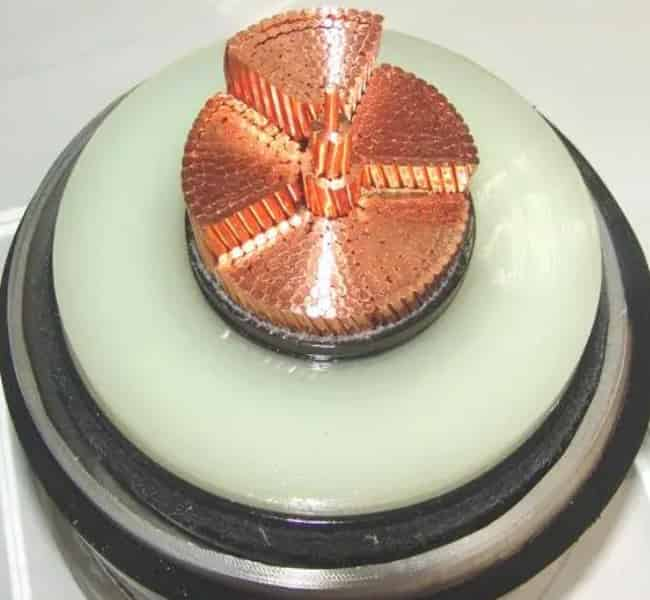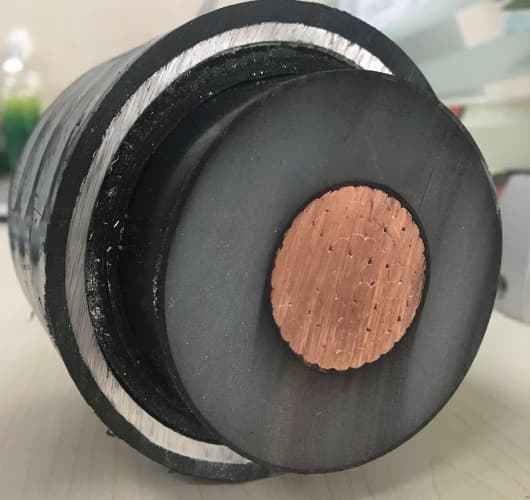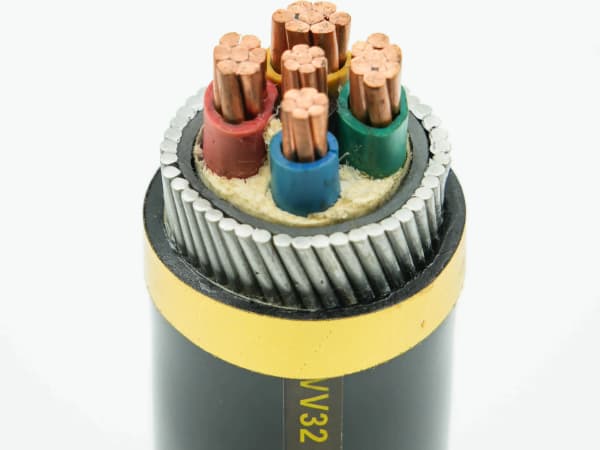The difference between LT cable (Low Voltage Cable) and HT cable (High Voltage Cable) is reflected in a number of aspects, including voltage levels, application scenarios, design standards, material selection, performance characteristics, and safety requirements. The following is a detailed description of the differences between these two types of cables:

1. HT Cable and LT cable Voltage Rating
LT cable:
The voltage level is usually lower, generally at 1000V and below.
It is suitable for electrical systems with lower voltage, which are usually used in daily life and commercial places, such as home lighting, office equipment, small electrical equipment and so on.
HT cable:
The voltage level is higher than LT cables, which can reach thousands of volts or even higher.
It is mainly used in industrial applications that require high voltage, such as electric motors, transformers, large mechanical equipment, power plants and substations.
2. HT Cable and LT cable Application Scenarios
LT cable:
Widely used in daily life and commercial environments, such as offices, shopping malls, schools and residential areas.
The electrical systems in these places usually do not have high voltage requirements, and LT cables can meet the basic power transmission needs.
HT cable:
Mainly used in industrial areas, especially those that require high voltage power supply.
Due to its high voltage characteristics, HT cable can ensure the stability and efficiency of power transmission over long distances.
3.HT Cable and LT cable Design Standards
LT cable:
Design standards are relatively low, mainly focusing on the cable’s electrical conductivity, insulation and safety performance and other aspects.
Manufacturing process is relatively simple, low cost, suitable for mass production and application.
HT cables:
Design standards are more stringent, in addition to electrical conductivity, insulation and safety performance, but also need to consider the cable’s high temperature resistance, corrosion resistance and mechanical strength and other aspects.
The manufacturing process is more complex, the use of advanced production technology and materials to ensure stable operation of the cable in high voltage, high load conditions.
4. HT Cable and LT cable Material Selection
LT cable:
Conductor materials generally use copper or aluminum and other metals with good conductivity.
Insulation materials are mostly polyvinyl chloride (PVC) and other common insulating materials, these materials have good insulation properties and processing performance.
HT cables:
Conductor materials are also made of copper or aluminum with high electrical conductivity, but with higher requirements to ensure the efficiency and quality of power transmission.
For insulation, materials with excellent high-temperature resistance and insulating properties, such as cross-linked polyethylene (XLPE), are used. In addition, HT cables may also use special shielding materials and sheath materials to improve their anti-interference ability and mechanical strength.
5. Design requirements
LT cable:
Conductor design: The conductor cross-sectional area of LT cables is relatively small to meet the current transmission requirements of low-voltage systems.
Insulation design: The design of the insulation layer mainly considers voltage resistance and mechanical strength to ensure that the cable will not be damaged by excessive voltage or mechanical damage during normal use.
Sheath design: The design of the sheath layer mainly considers the performance of abrasion resistance and corrosion resistance to protect the cable from the external environment.
HT cable:
Conductor design: HT cables have a relatively large cross-sectional area of conductors to withstand higher currents and voltages.
Insulation design: The design of the insulation layer is more complex and rigorous, requiring the use of materials with high dielectric strength and the consideration of a multi-layer insulation structure to improve insulation performance. In addition, it is also necessary to consider the heat resistance of the insulating material to ensure that good insulation performance can still be maintained at high temperatures.
Sheath design: The design of the sheath layer not only needs to consider the performance of abrasion and corrosion resistance, but also needs to consider the performance of fire prevention and flame retardant to improve the safety of the cable.
6. HT Cable and LT cable Performance Characteristics
LT cable:
With good conductivity and insulation properties, it can meet the power transmission needs of daily life and commercial places.
Lower cost, easy to install and maintain.
HT cable:
In addition to the basic performance of LT cable, it is also characterized by high temperature resistance, corrosion resistance and high mechanical strength.
These features enable HT cables to operate stably in harsh industrial environments, ensuring the safety and reliability of power transmission.
VI. Safety requirements
LT cable:
Although the safety performance is high, it is still necessary to pay attention to avoid overload, short circuit and other safety issues in the process of use.
It is necessary to regularly check the insulation properties of the cable and mechanical strength and other indicators to ensure its normal operation.
HT cable:
Due to the high voltage level and the complexity and diversity of application scenarios, its safety requirements are more stringent.
In the process of use, it is necessary to strictly comply with the relevant safety regulations and operating procedures to ensure the safe operation of the cable.
The installation, maintenance and overhaul of the cable should be carried out by qualified professionals to prevent potential safety hazards.
7. HT Cable and LT cable Summarization
To summarize, there are significant differences between LT cables and HT cables in terms of voltage levels, application scenarios, design standards, material selection, performance characteristics and safety requirements. These differences make the two types of cables play an irreplaceable role in their respective fields. When selecting cables, it is necessary to choose the appropriate cable type according to the actual needs and application environment to ensure the safety and reliability of power transmission. At the same time, it is also necessary to strictly comply with the relevant safety regulations and operating procedures in the process of use, in order to ensure the normal operation and prolong the service life of the cable.


